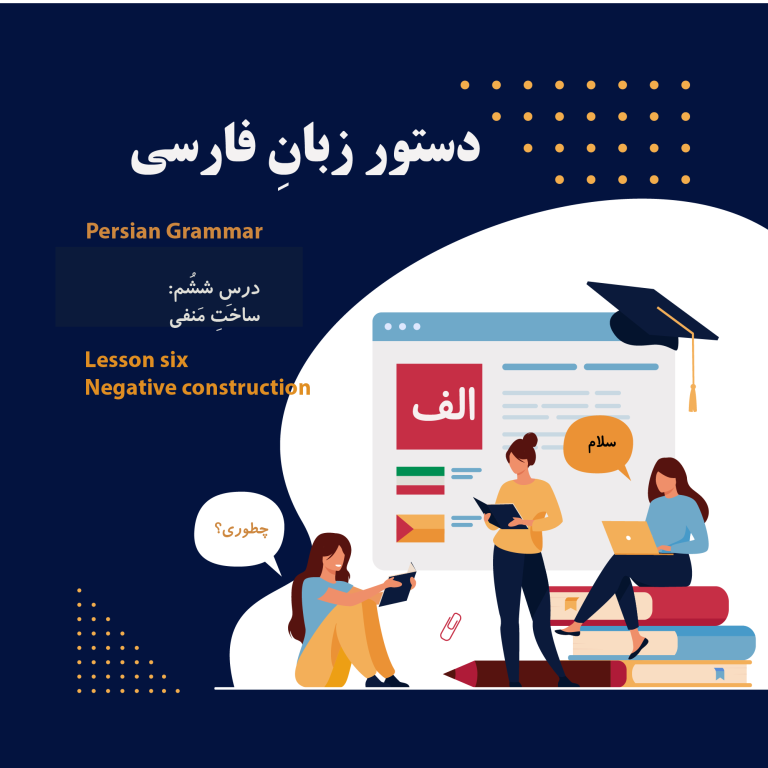Present continuous in Persian is used to describe actions that are happening right now, or in progress at the moment of speaking. For example, “I am writing” or “You are reading”.
In Persian, present continuous tense was formed by using the present stem of the verb, plus the suffix -می (mi) before the verb, and the personal endings after the verb. For example, the present stem of the verb رفتن (raftan), meaning “to go”, is بر (bar). To say “I am going”, we add -می before بر and -م (am) after بر, and we get میبرم (mibaram).
Here are some examples of how present continuous tense was conjugated in the past
- مینویسم (minavīsam) = I am writing
- میخوانی (mikhānī) = You are reading
- میخندد (mikhandad) = He/she is laughing
- میخوابیم (mikhābīm) = We are sleeping
- میبینید (mibinīd) = You are seeing
- میدوند (midavand) = They are running
However, this is not the way we make present continuous in speaken Persian today. The above forms only refer to present indicative and nothing more. Today, we conjugate the verb dashtan ‘to have’ in present tense and add to the above verbs to make present continuous. That would be:
- دارم مینویسم (daram minavīsam): I am writing now
- داری میخونی (dari mixuni)
and so on. Watch this video to learn how to use present continuous in Persian language. But make sure that you have watched lesson nine, about simple present first.
To visit Iranian people and learn about their culture and nature follow THIS LINK.
To learn Persian grammar, here you can find lessons on Persian Grammar.
Are you interested in learning Persian with music, HERE is where you can find many slow Persian songs with their lyrics.
Practice Dubbing the characters in Persian series HERE.
Listen to famous speeches from Iranian political figures, and learn about their mindset and a little bit of history through their talk HERE.
Listen to Persian podcasts in simple Persian HERE

